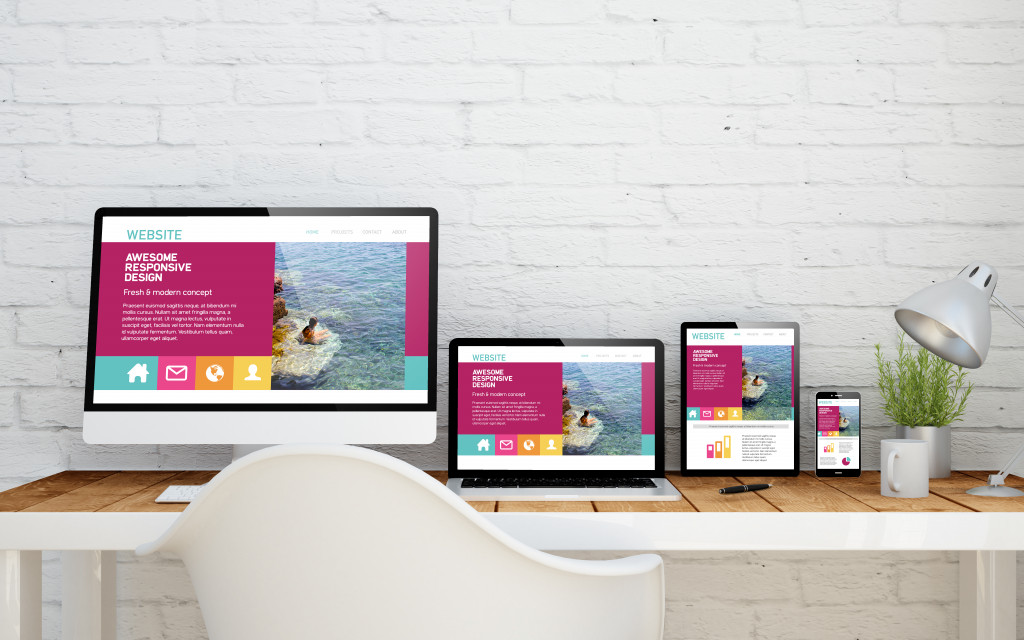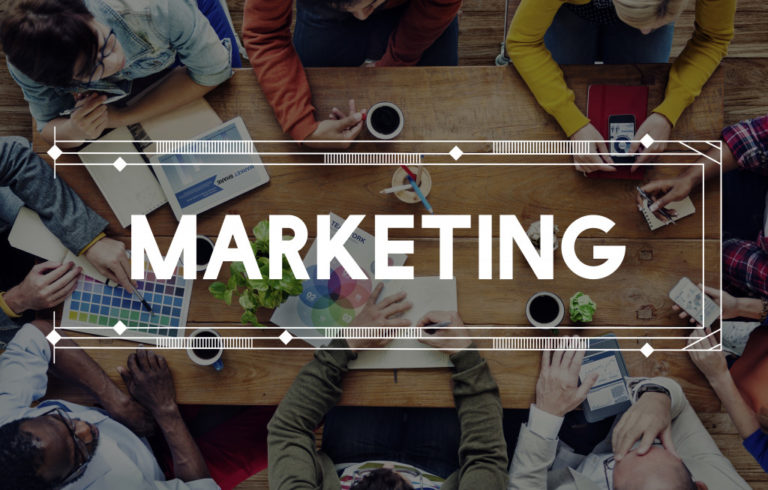In marketing, success is all about standing out from the crowd. With so many businesses vying for attention, it can be challenging to make your voice heard. That’s where design comes in. A well-designed website, logo, or piece of collateral can help you capture attention and communicate your message more effectively. Different design trends come and go, but some have proven to be more enduring than others.
So, what are the top design trends marketers leverage for business success? Read on to find out.
1. Minimalism
In today’s fast-paced world, people are bombarded with information from all sides. As a result, they have less patience for anything that isn’t absolutely essential. That’s why minimalism is such an important design trend. When done well, minimalism can communicate a message quickly and effectively without overwhelming the viewer.
Depending on the viewers and the kind of business, minimalism can also be seen as modern, sleek, and professional. This makes it an ideal choice for companies in the technology, finance, and law industries. Some of the world’s most recognizable brands, such as Apple, Google, and Coca-Cola, have greatly used minimalism. They’ve managed to distill their messages to their essence, making them all the more powerful.
To use minimalism properly, companies must first understand their core message. Once they’ve done that, they can start to strip away anything that isn’t absolutely essential. The key is to find the right balance between too much and too little. Too much minimalism can make a message seem cold and impersonal. Too little can make it appear cluttered and difficult to understand.
2. Personalization
With so much competition, businesses must invent new ways to be unique and stand out. One way to do that is through personalization. By tailoring your message and visual identity to specific demographics, you can make a lasting impression and build loyalty among your target audience. Many businesses are already personalizing their messages through segmentation.
Segmentation is a process of dividing a large audience into smaller groups based on shared characteristics. This allows businesses to create messages that are relevant to specific groups of people. Enterprises use various segmentation strategies, including geographical, psychographic, and behavioral.
Personalization goes a step further by tailoring the message and visual identity to an individual. This can be done in several ways, including using the person’s name, city, or interests. For example, many online retailers now use cookies to track the items people have viewed on their websites. They can then show these items to the person the next time they visit, giving the impression that the website has been personalized just for them.
Personalization can be a powerful marketing tool, but it’s essential to use it sparingly. Used too frequently, it can come across as intrusive and even creepy. It’s also necessary to ensure that personalization is relevant and valuable. Otherwise, it will just be seen as a gimmick.

3. Authenticity
In an age of digital marketing and fake news, people crave authenticity more than ever. When designing your marketing materials, focus on conveying who you are as a business—what your values are and why your products or services are worth paying attention to. If you can show potential customers that you’re genuine and transparent, you’re more likely to win their business.
If you’re unsure how to convey authenticity, consider using user-generated content (UGC). UGC is any content—text, images, videos, etc.—created by people not affiliated with your brand. It can be a great way to show potential customers that other people like and use your products. Ensure that the UGC you use is high-quality and relevant to your brand.
You can also use testimonials, reviews, and case studies to show potential customers that your products or services are effective. These can be particularly useful if you’re selling products or services that require a significant investment, such as expensive software or business consulting. Many people will want proof that your products or services are worth the money before making a purchase. If you can provide that proof, you’re more likely to win their business.
4. Aspirational Design
Aspirational design is all about making people feel good about themselves. It’s about showing them what’s possible and inspiring them to reach for their dreams. To do this, businesses need to create messages and visual identities that are aspirational but also realistic.
For example, many luxury brands use aspirational design in their marketing materials. They show potential customers what they could have if they bought their products. But they also make sure to use models and images that are relatively realistic and relatable. This way, people can see themselves using the products and feel inspired to make a purchase.
Aspirational design can be a great way to connect with potential customers on an emotional level. However, many brands use it to sell products people don’t need. As a result, it’s crucial to use aspirational design sparingly and only when it’s appropriate for your products or services.
There you have it—the top design trends marketers leverage for business success. By keeping these trends in mind as you create your marketing materials, you can ensure that your business stands out from the competition and communicates its message effectively. With the right design, you can reach new heights in your marketing campaigns and achieve the business success you’ve been dreaming of.












